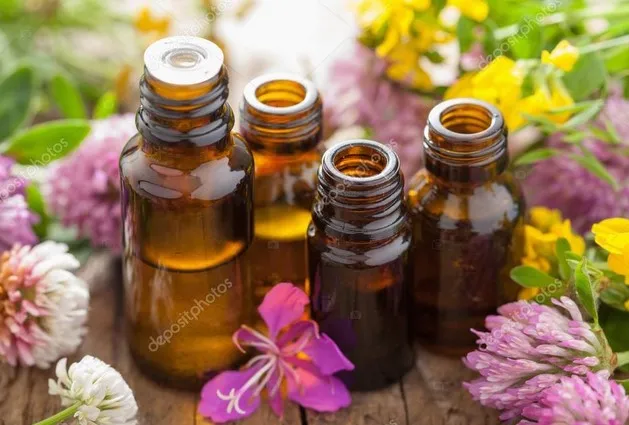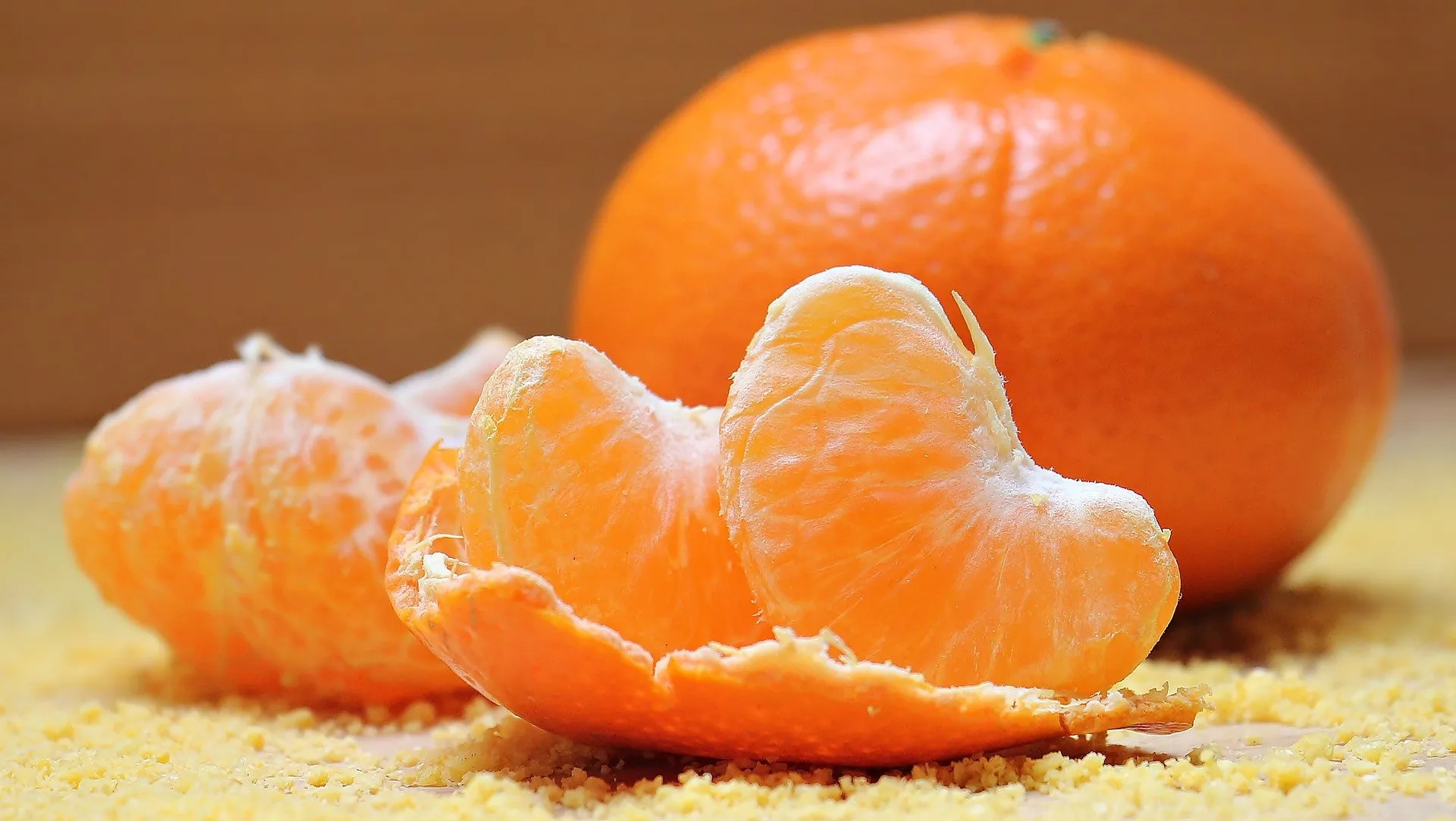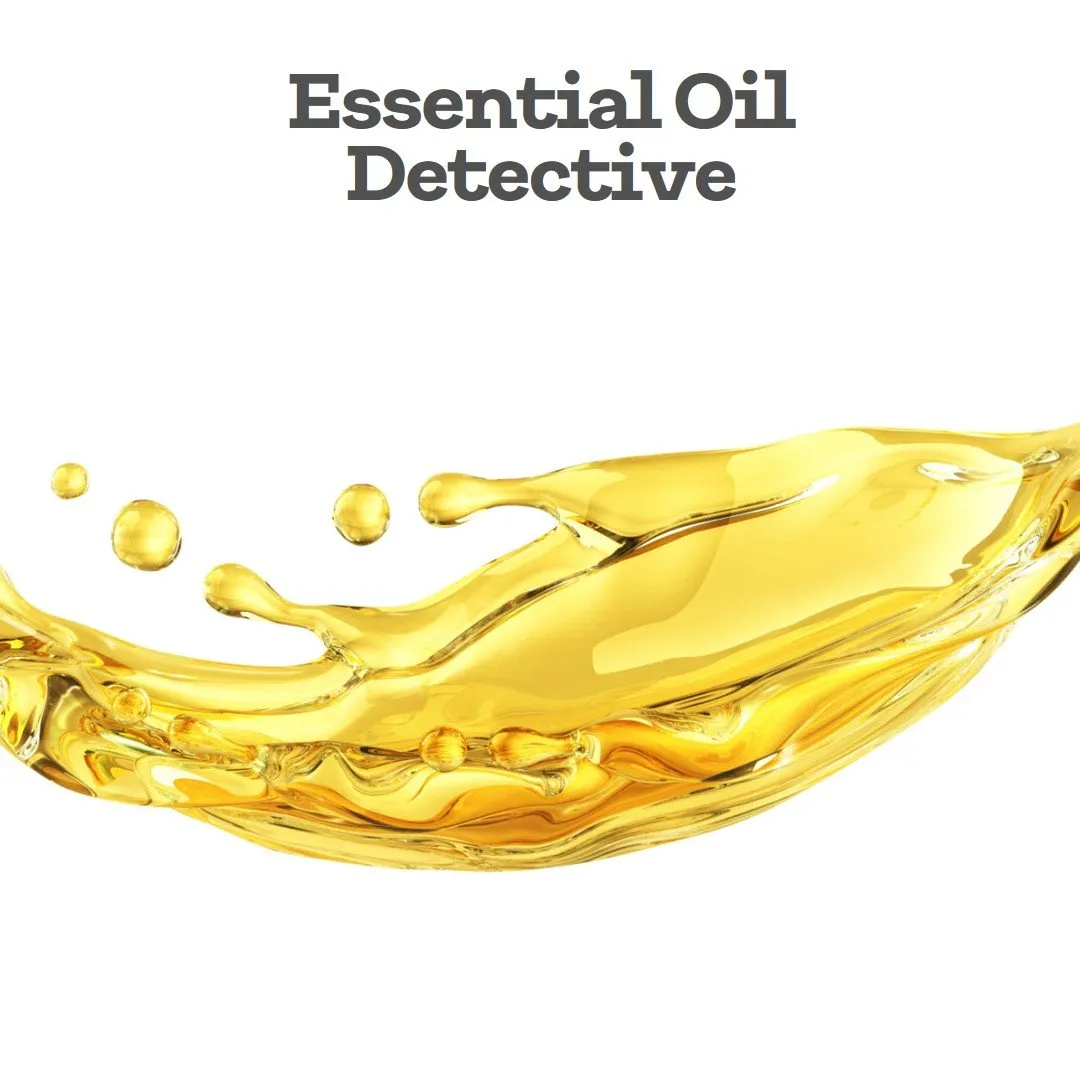Extracting Precious Essential Oils from Nature: An Delicate Process
Essential oils, prized for their aromatic and therapeutic properties, have been utilized for centuries across various cultures and civilizations.
Extracted from a diverse array of plants, these concentrated liquids carry the essence of botanicals and offer an extensive range of uses, from aromatherapy to skincare and even culinary applications.
The manufacturing of essential oils is an intricate process that involves specific extraction methods tailored to each plant's unique composition.
Extraction Techniques

There are several methods employed to extract essential oils, each dependent on the type of plant material being processed.
The extraction techniques for essential oils require specific equipment and often necessitate controlled environments to ensure safety, efficacy, and the preservation of the oil's quality.
While some methods can be attempted at home, certain precautions and equipment are essential to achieve desirable results without compromising safety.
The primary extraction techniques include:
Steam Distillation: This method, commonly used for extracting oils from various plants like lavender, peppermint, and eucalyptus, requires a specialized apparatus called a still.
This equipment includes a boiler to generate steam, a vessel for holding the plant material, a condenser to collect the evaporated oil, and a receiver for the condensed liquid.
Performing steam distillation at home necessitates a proper understanding of the apparatus and following instructions meticulously to prevent accidents such as burns or exposure to high-pressure steam.
Cold Pressing: This method is more straightforward and can be done at home with a citrus fruit press or extractor.
Col
However, proper sanitation and handling of the fruit are crucial to avoid contamination and maintain the oil's quality.
Adequate ventilation is necessary to prevent exposure to citrus oil vapors, which can be irritating to the eyes and skin.
Solvent Extraction: This technique involves the use of solvents like hexane to extract oils from delicate plant materials like jasmine or rose.
Solvent extraction should not be attempted at home due to the highly flammable nature of solvents and the risk of improper handling leading to health hazards.
Carbon Dioxide Extraction: This method typically requires specialized and expensive equipment that uses high pressure and carbon dioxide in both gas and liquid states.
The extraction is precise and yields high-quality oils.
Performing this extraction at home is not feasible due to the complexity and potential dangers associated with high-pressure systems.
Precautions and Safety Measures
It is always wise to utilize safety and precaution measures when extracting essential oils. These measures include:
- Ventilation: Ensure proper ventilation when handling essential oils or conducting extraction processes to prevent inhaling concentrated vapors, which can cause irritation or adverse reactions.
- Safety Gear: Use appropriate safety gear such as gloves and goggles, especially when handling solvents or operating equipment involving heat or pressure.
- Equipment Handling: Understand the functioning of the equipment and follow instructions meticulously to avoid accidents or mishaps.
- Avoid Open Flames: Essential oils are highly flammable. Keep them away from open flames or sources of heat to prevent fire hazards.
- Storage: Store essential oils in tightly sealed, dark glass containers away from direct sunlight and heat to preserve their potency and prevent degradation.
While some simpler methods like cold pressing can be attempted with caution at home, it's crucial to acknowledge the potential risks associated with handling essential oils and extraction processes.
For more complex methods or when dealing with hazardous materials, seeking guidance from experts or professional extraction facilities is highly recommended to ensure safety and quality.
Origins of Essential Oils

Essential oils originate from various parts of the world, each region offering distinct plants with unique aromatic compounds. Some examples include:
- Lavender Oil (Lavandula angustifolia): Originating from regions like France, Bulgaria, and England, lavender oil is known for its calming properties and is widely used in aromatherapy.
- Tea Tree Oil (Melaleuca alternifolia): Native to Australia, tea tree oil is revered for its antibacterial and antifungal properties, often used in skincare and natural remedies.
- Peppermint Oil (Mentha piperita): Peppermint oil is commonly sourced from the United States, particularly the Pacific Northwest, and is valued for its cooling sensation and digestive benefits.
- Eucalyptus Oil (Eucalyptus globulus): Originating primarily from Australia, eucalyptus oil is lauded for its respiratory benefits and is used in inhalants and chest rubs.
Yield of Essential Oils

The amount of essential oil extracted from plants varies significantly. For instance:
- Rose: It takes around 60,000 roses to produce just one ounce of rose oil due to the delicate nature of the petals.
- Lavender: Lavender yields around 0.5% to 1.5% oil per pound of plant material.
- Peppermint: Peppermint leaves can yield around 0.1% to 1.0% of oil.
The extraction process requires large quantities of plant material to obtain small amounts of the concentrated oil, contributing to the value and preciousness of these oils.
Essential oils, with their diverse origins and intricate extraction processes, hold immense value due to their concentrated nature and versatile uses.
